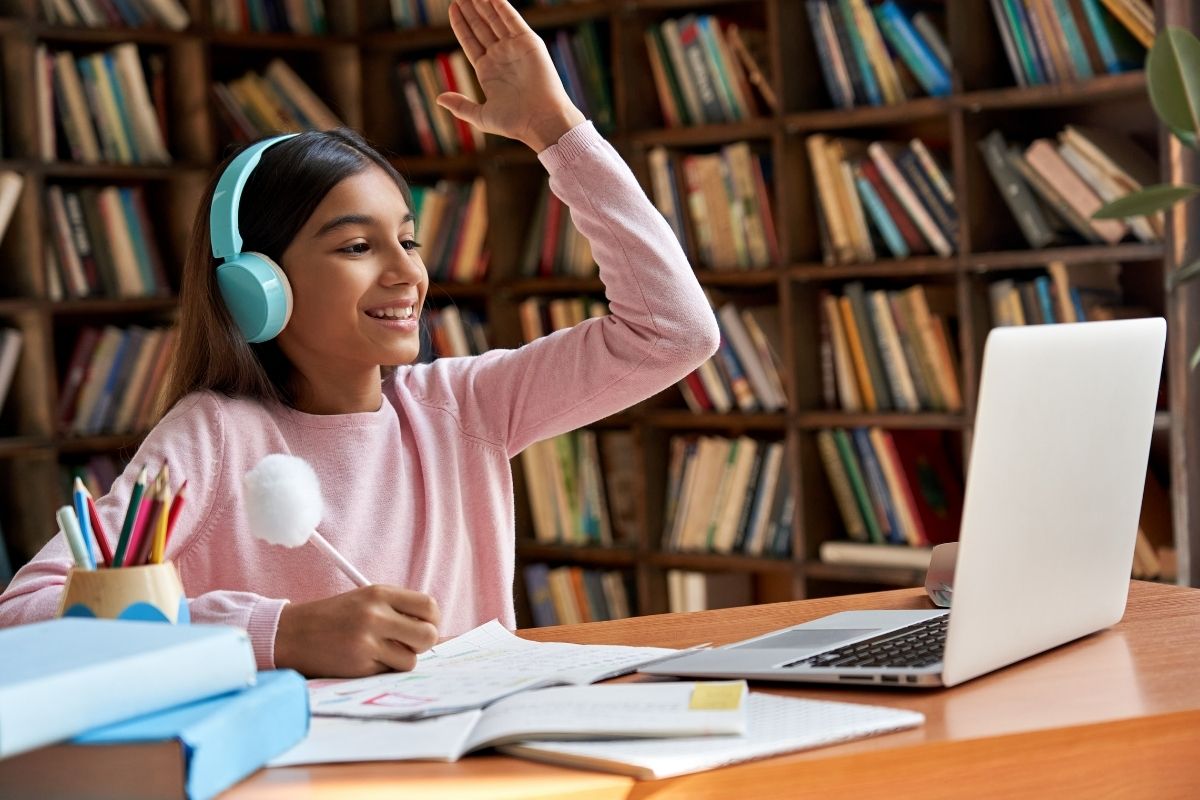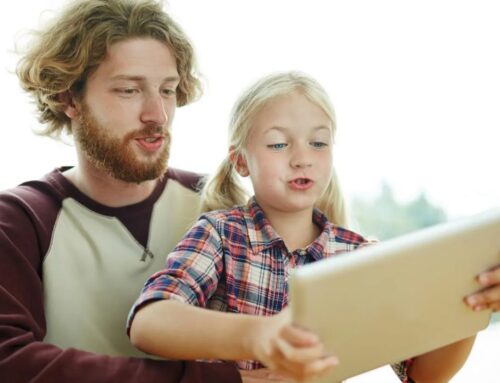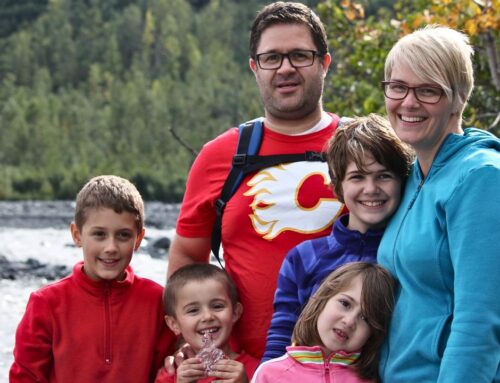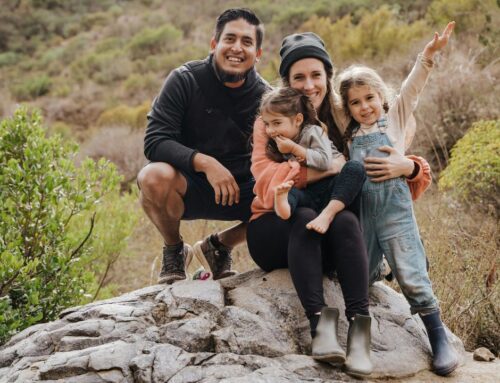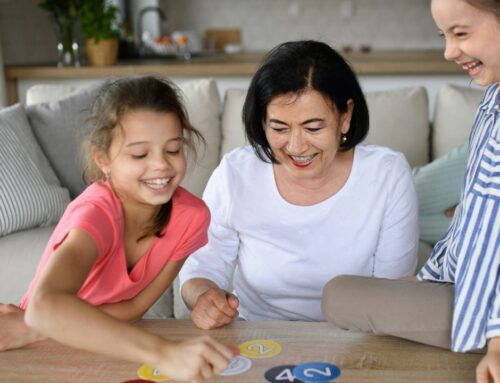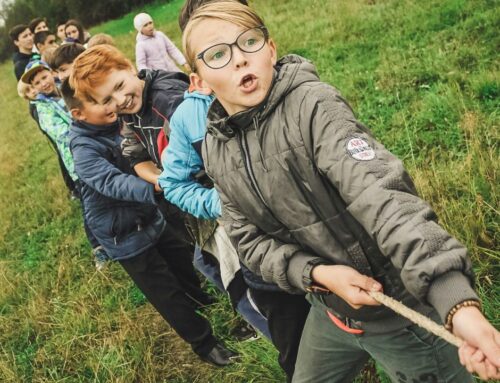Going from grade 9 to grade 10 in SelfDesign Learning Community can be a big adjustment for some learners.
To help smooth that transition, SelfDesign’s Learner Council hosted an information session in May for grade 9 learners. Inspired by questions about SelfDesign’s grade 10 to 12 program they had received over the course of the year, hosts of the Learner Council Welcome to Grade 10 Campfire answered participating grade 9 learners’ questions, addressed key concerns, and shared information and their own insights about what to expect in grade 10, adding a personal touch to the transition support materials that can be accessed by grade 9 learners and their families throughout the year.
“We wanted to make the transition from grade 9 to 10 a little bit more clear,” says Samayyah, Learner Council president for 2020/2021. “We wanted to help with that because, for a lot of us when we were in grade 9, we had no clue of what was going on in grade 10.”
How grades 10 to 12 differ from earlier grades at SelfDesign Learning Community
In our kindergarten to grade 9 program, SelfDesign families set their own learning schedules, and learners work primarily on their own, with support from their parents and BC certified educators. Parents support the conversations with the child’s education and reflect on the learning parent, and there are fewer regularly scheduled meetings or group learning events for learners to take part in.
Even though our grade 10 to 12 program is flexible and highly customizable, it is somewhat more structured than the earlier grades. It provides a comprehensive approach to high school that is theme- and relationship-based and aligns fully with the graduation program of the BC Ministry of Education. SelfDesign’s philosophy is woven throughout to support personalized, learner-centred learning.
“Learners select from a number of interest-based themes – photography, outdoor adventure, science, animals, and so on,” says SelfDesign Vice Principal Vanessa Kuran.
“Different courses are integrated in an interdisciplinary way within each theme, and learners end up with individual course credits by doing the coursework in the themes, including weekly challenges.”
Learners collaborate directly and regularly with their educators, with support from parents as needed, and take on more responsibility for their own learning.
They also have many more opportunities to connect with their peers. At weekly theme meetings, they can take part in group experiences and interact through real-time online meetings, with the option of participating at whatever level is comfortable for them. Virtual events, informal online hangout spaces, online personal project showcases, and in-person camps when permitted, also encourage peers to learn and share together.
“It’s a big change,” Samayyah says. “The grade 10 to 12 themes and add-on courses are almost like classes. There are set times for meetings with other learners and with your learning consultant and learning specialists. You have to actually talk to teachers who are not your parents. Your projects and work get assessed and graded. And deadlines are a thing, too.”
Peer support for learners going into grade 10
Samayyah says the Learner Council wanted to use the information session to help learners who are about to start grade 10 prepare for the change.
“We wanted to give the grade nines some insight from some learners who are in the program or who are finishing the program,” she says.
At the session, Learner Council members spoke of the ways in which the high school program is fully customizable and personalizable. They spoke of the program’s flexibility – despite its regular, weekly meetings – and the opportunities to connect with and make friends with other learners. They shared how the program allows learners to learn to manage their time, balance life and school and decide how hard they want to work from one week to the next. They discussed how important their educators have become in their learning and in their lives. They also talked about deadlines for coursework, why they exist and how they actually support the learner.
Samayyah says when she was preparing to start grade 10, she would have appreciated having the chance to talk with peers who had experience with the high school program.
“I would have liked to have been able to talk to people who were in or had gone through grade 10,” she says, “ to get advice or even just to know, “Oh, my goals are achievable” or, “They did it, so I can do it too.”

